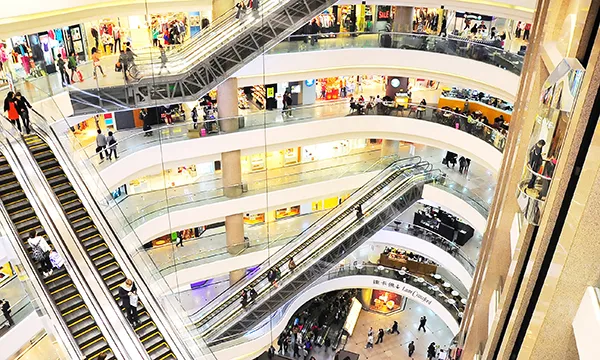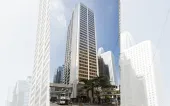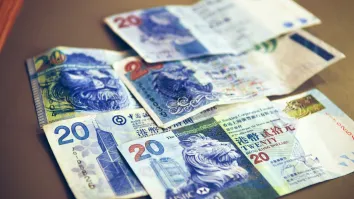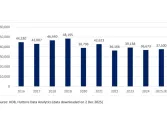
Neighbourhood shopping malls flourish in Hong Kong's tight spaces
Investors have pooled $63b into the sector in the past decade.
Cheung Sha Wan/Sham Shui Po, Tuen Mun, Shatin and Tseung Kwan O have the highest investment potential to set up neighbourhood shopping malls in amongst the districts, a report by JLL revealed.
With neighbourhood malls typically capitalising on the everyday spending of nearby residents, an increase in population will result in expansion of the targeted catchment and translate into higher retail sales. Figures from JLL showed that Cheung Sha Wan/Sham Shui Po, Tuen Mun and Shatin will experience the most new residential supply between 2018 and 2022, which should translate to increased retail demand in those areas.
Also read: Home sales hit near-seven-year high in Q2
JLL estimates there will be around 1.8 million sq ft of new neightbourhood mall supply between 2018 and 2022 across Hong Kong, which will provide investment opportunities to investors.
Data has suggested that investors have shown increasing interest in neighbourhood malls in recent years, pouring more than $63b into the segment over the past decade. In 2009, neighbourhood malls attracted just over 8% of total investment in the city’s retail sector. In 2018, this had ballooned to 63% of total investment. Buyers include local investors, global and regional private equity as well as sovereign wealth funds.
According to Denis Ma, head of research at JLL, neighbourhood malls typically provide a yield premium over other real estate asset classes, which is attractive to investors. “JLL estimates that as at the end of 2018, market yields for neighbourhood malls ranged between 3% to 4.5%, which is well above the city’s high street shops (2.5%) and Grade A offices (2.7%),” he said.

“It is estimated that the population of Cheung Sha Wan/Sham Shui Po will increase by just over 70,000 people by the end of 2022,” JLL noted, adding that the new households that move to Cheung Sha Wan/Sham Shui Po could spend an additional $180m per month on non-discretionary items, with a large amount being spent in the area.
Another factor to consider is the types of households that move into an area, the report noted. According to the Census and Statistics Department (C&SD), the average expenditure on non-discretionary items for a household in private housing is 40% higher than that for a household in public housing.
Therefore, neighbourhood malls in areas with a high proportion of new private housing supply such as Tseung Kwan O could benefit from new residents who have a higher propensity to spend. About 89% of the new housing supply in Tseung Kwan O will be private housing between 2018 and 2022, the firm said.
Also read: Shopping mall supply to hit 13-year high in 2019

Whilst retail trading conditions in Hong Kong tend to correlate strongly with inbound tourist arrivals, neighbourhood malls are a retail asset type that is more reliant on spending from Hong Kong residents, which has been far more stable than tourist spending, the report noted.
“About 76% of the tenants at neighbourhood malls are non-discretionary retail spending such as supermarkets, food and beverage operators and services, compared to 32% in premium shopping malls,” Ma said. “These retail sub-sectors have been fairly resilient during tough economic conditions, which make neighbourhood malls a resilient investment class during an economic downturn. For example, back in 2009 following the global financial crisis, retail sales in supermarkets grew by 3.4% for the year, a strong performance compared with discretionary categories such as clothing and footwear, which declined 0.8%.”



















 Advertise
Advertise






